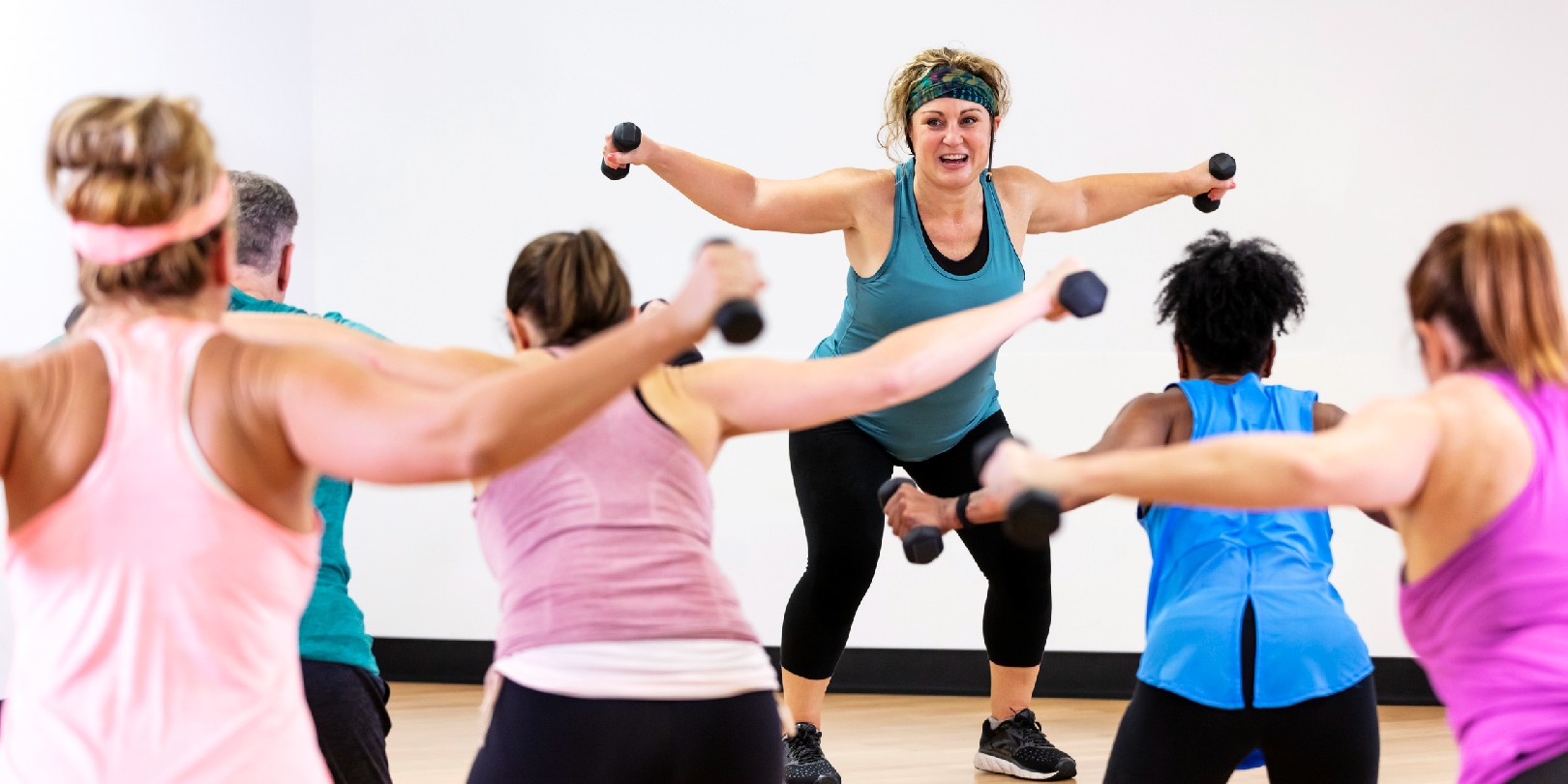Should You Do Cardio Before or After Weights?

Many fitness enthusiasts wonder whether it is better to do a cardiovascular workout before or after lifting weights, but the answer may not be as straightforward as it seems. Each of these two options has its own unique benefits and drawbacks, and choosing the one that suits you best will depend on what you hope to accomplish with your exercise regimen. In this blog, we will delve into the advantages and disadvantages of both of these approaches to help you make an informed decision based on your personal fitness goals and preferences. Without further delay, grab your favourite workout gear, and let us get started!
Benefits of Doing Cardio Before Weights
Increased Warm-up
Starting your workout with cardio can serve as an effective warm-up by raising your heart rate, increasing blood flow to your muscles, and preparing your body for the demands of weightlifting.
Energy Preservation
Performing weightlifting exercises when you are fresh and energized allows you to maximize your strength and power output. By doing cardio first, you can boost your energy levels, ensuring optimal performance during weightlifting.
Fatigue Management
Cardiovascular exercise primarily targets the aerobic energy system. By doing cardio before weights, you can focus on burning calories and improving endurance without compromising the quality of your weightlifting session.
Benefits of Doing Cardio After Weights
Strength and Muscle Development
Weightlifting exercises heavily rely on the anaerobic energy system, which primarily utilizes stored ATP and glycogen. By reserving your energy for weightlifting, you can optimize muscle recruitment, lift heavier weights, and stimulate greater muscle growth and strength gains.
Enhanced Calorie Burn
Weightlifting creates an “afterburn effect” or excess post-exercise oxygen consumption (EPOC), causing your body to continue burning calories even after the workout. By prioritizing weights, you can maximize the EPOC effect, leading to a higher overall calorie expenditure throughout the day.
Focus and Technique
Weightlifting exercises often require focus, concentration, and proper form to ensure safety and effectiveness. By lifting weights first, when you are mentally fresh, you can dedicate your full attention to executing the movements correctly.
Finding the Middle Ground
The optimal approach may not always be an either/or scenario. Depending on your time constraints and specific goals, you can consider these alternative options:
Split Training
Divide your workout sessions into separate cardio and weightlifting sessions on different days, allowing you to fully concentrate on each component.
Circuit Training
Combine cardio and weightlifting exercises into a circuit-style workout. This approach can provide cardiovascular benefits while still incorporating resistance training elements.
Dynamic Warm-up
Begin your workout with a dynamic warm-up routine that incorporates both cardio and mobility exercises. This will allow you to elevate your heart rate and prepare your body for weightlifting without completely exhausting yourself.
Listen to Your Body
Ultimately, the decision to do cardio before or after weights depends on your personal preferences, goals, and how your body responds to each approach. Some individuals may find that they have more energy and focus for weightlifting after cardio, while others may prefer the opposite order. Additionally, specific training goals, such as endurance training or muscle hypertrophy, may influence which activity you prioritize. It is important to listen to your body, experiment with different approaches, and assess how each sequence impacts your performance, recovery, and overall satisfaction with your workouts. By understanding your unique needs and adapting your routine accordingly, you can create a workout schedule that optimizes your fitness journey.
Conclusion
There isn’t a one-size-fits-all answer to whether cardio should be done before or after lifting weights. It is important to note that individual factors and personal preferences play a significant role in determining the optimal sequence of cardio and weightlifting. Consider the advantages of each approach, and choose a strategy that aligns with your goals, preferences, and overall workout plan. Remember, the most important factor is consistency and finding a routine that you enjoy and can stick to in the long run.